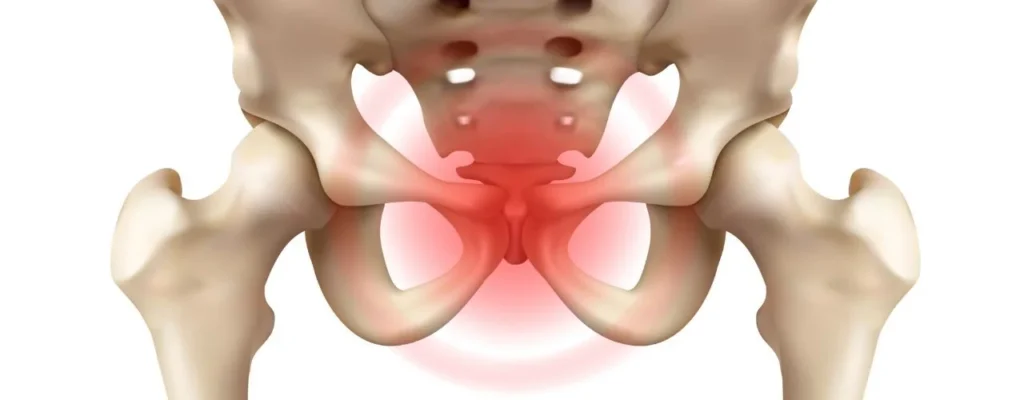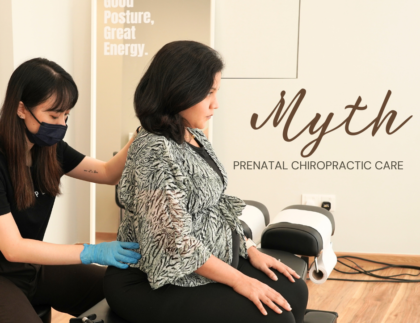

Pregnancy is a beautiful journey, but it can also bring some unexpected discomforts. One common condition that affects many pregnant women is Symphysis Pubis Dysfunction (SPD). If you’re experiencing pelvic pain or discomfort, it might be SPD — and understanding it can help you manage it better.
What is SPD?
Symphysis Pubis Dysfunction, or SPD, is a condition that affects the pelvic joint at the front of your pelvis, called the symphysis pubis. This joint normally allows very little movement, but during pregnancy, it becomes more flexible due to hormones like relaxin and progesterone, which prepare your body for childbirth.
In SPD, this joint becomes overly mobile or unstable, leading to pain, discomfort, and difficulty with movement.
Why Does SPD Happen During Pregnancy?
During pregnancy, your body produces hormones to relax ligaments and joints, helping the pelvis widen for delivery. However, in some women, this extra looseness causes the symphysis pubis to move unevenly or too much, leading to irritation or inflammation.
Common Symptoms of SPD
Symptoms can vary in intensity but commonly include:
- Pain or tenderness over the pubic bone or groin area
- Discomfort that worsens when walking, climbing stairs, or turning over in bed
- A clicking or grinding sensation in the pelvic area
- Difficulty with activities that require leg movement, such as standing on one leg
- Pain that may radiate to the lower back, hips, or thighs
Risk Factors for Developing SPD
While any pregnant woman can develop SPD, some factors increase the likelihood:
- Previous pelvic injury or trauma
- Hypermobile joints (naturally loose ligaments)
- Carrying multiples
- Previous SPD in earlier pregnancies
- Sudden or excessive physical activity
How Can You Manage SPD During Pregnancy?
While SPD can be painful, there are several strategies to manage symptoms and improve comfort:
1. Consult a Healthcare Professional
Early diagnosis by a midwife, physiotherapist, or chiropractor experienced in prenatal care can guide effective treatment.
2. Pelvic Support
Wearing a pelvic support belt or maternity brace can help stabilize the pelvis and reduce pain.
3. Modify Activities
Avoid activities that worsen symptoms, such as wide leg movements, heavy lifting, or standing for long periods. Instead, aim for gentle, controlled movements.
4. Exercise
Specific exercises to strengthen the pelvic floor, core, and hip muscles can improve stability. A trained physical therapist can tailor a safe exercise plan for you.
5. Chiropractic Care for SPD Relief
Many women find that chiropractic care is a valuable part of managing SPD. Through gentle adjustments and targeted exercises, chiropractors trained in prenatal health help restore pelvic alignment and reduce joint strain. This approach complements other treatments like physiotherapy and pelvic support, providing a holistic path to comfort during pregnancy and postpartum. If you’re experiencing persistent pelvic pain, consulting a specialist can help tailor a safe, effective care plan just for you.
6. Proper Posture and Sleep Position
Sit and stand with good posture to reduce stress on your pelvis. Sleeping with a pillow between your knees can help keep your pelvis aligned.
7. Rest and Pace Yourself
Balance activity with rest periods. Listen to your body and avoid overexertion.
Final Thoughts
SPD can feel overwhelming, but with the right care and management, you can navigate pregnancy with greater comfort. Remember, you’re not alone — many women experience SPD, and support is available.
If you’re pregnant and suspect SPD, reach out to your healthcare provider to get the right diagnosis and treatment plan. Your body is working hard for you and your baby — taking care of yourself is the best gift you can give.
To learn more about safe chiropractic care during pregnancy, visit our services page or contact us for a consultation.










